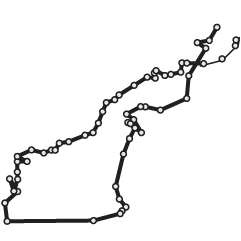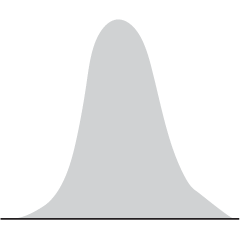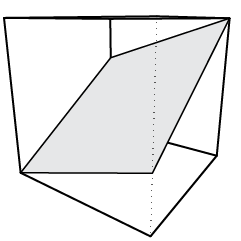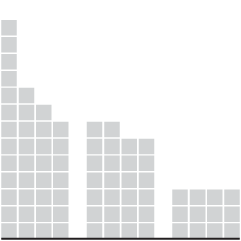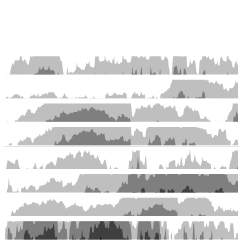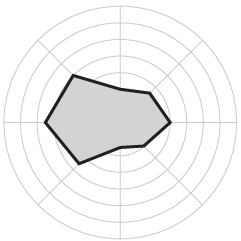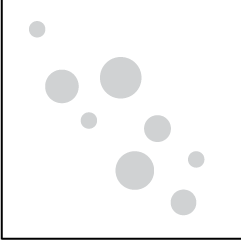ProPublica compiled spending data from a wide range of sources to calculate the total, which is still an undercount:
The vast majority of the money — at least $13.5 million, or more than 84 percent of what we tracked — was spent by Trump’s presidential campaign (including on Tag Air, the entity that operates Trump’s personal airplane). Republican Senate and House political committees and campaigns have shelled out at least another $2.1 million at Trump properties. At least $400,000 has been spent by federal, state and local agencies. (For example, the Florida Police Chiefs Association held its summer conference last year at the Trump National Doral Miami.) The state and local tally appears to be a gross undercount because of the agencies’ spotty disclosures and reporting.
Messy headed into the presidency and messy still.
Catch the interactive visualization by ProPublica and Fathom Information Design. It shows the available records in more detail, and you can download the data for yourself.

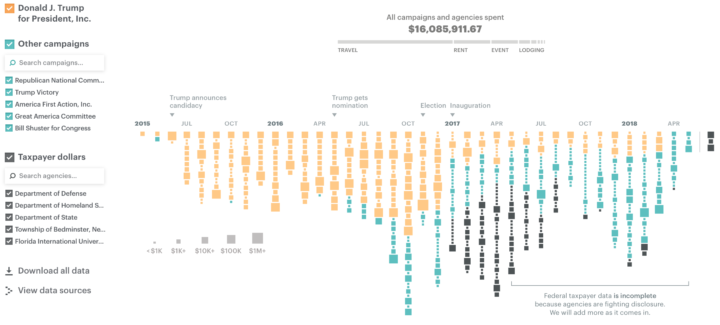
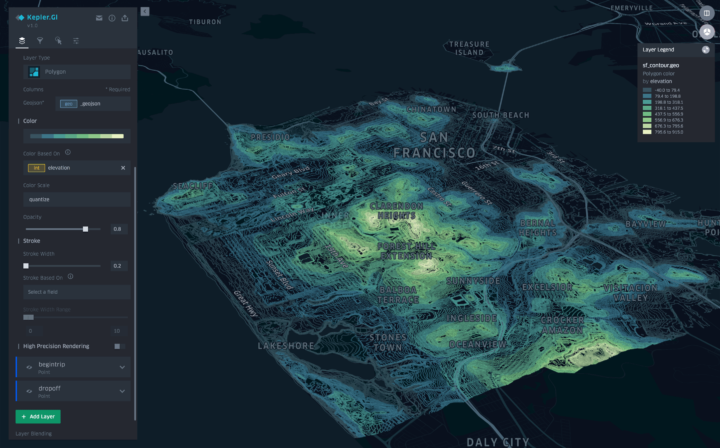
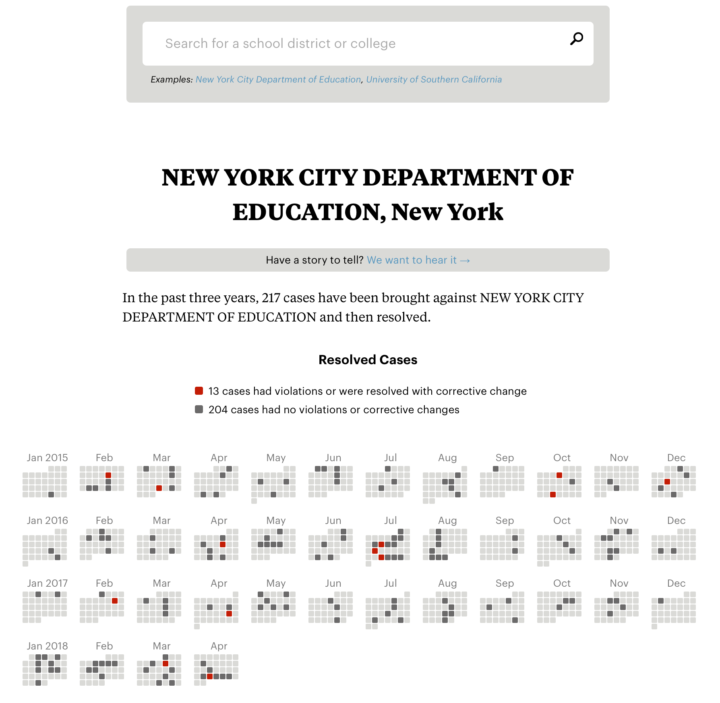
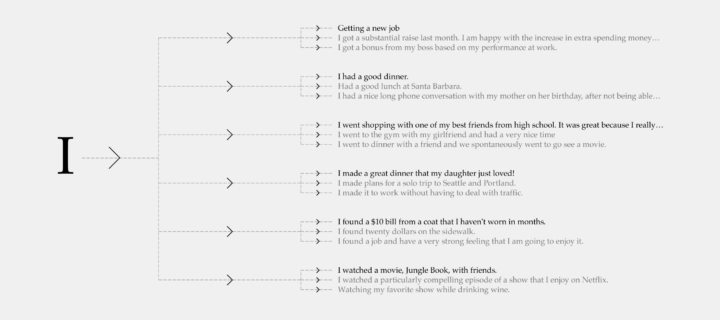
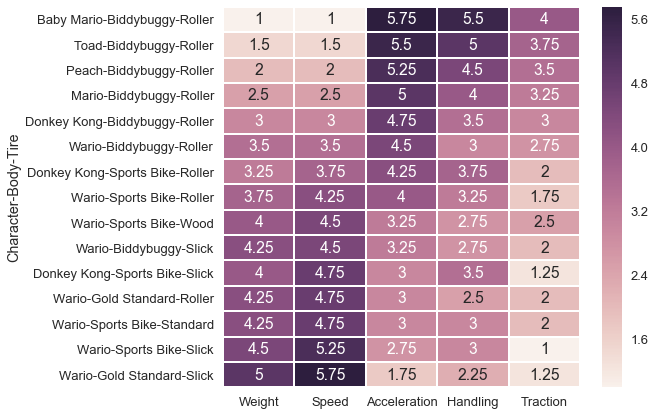

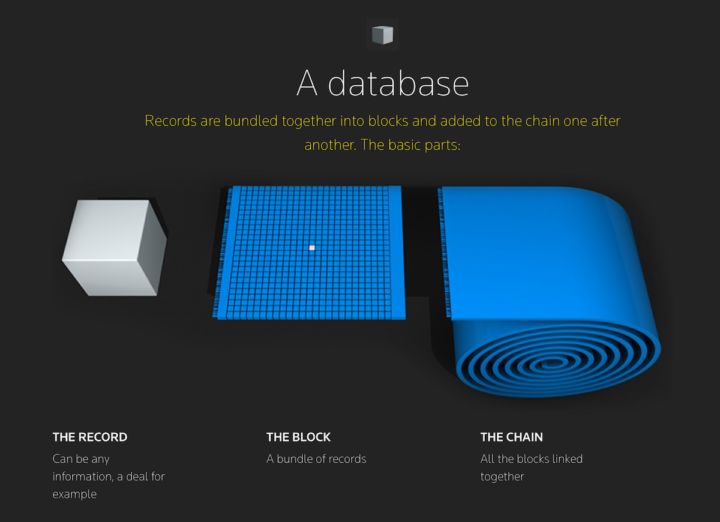
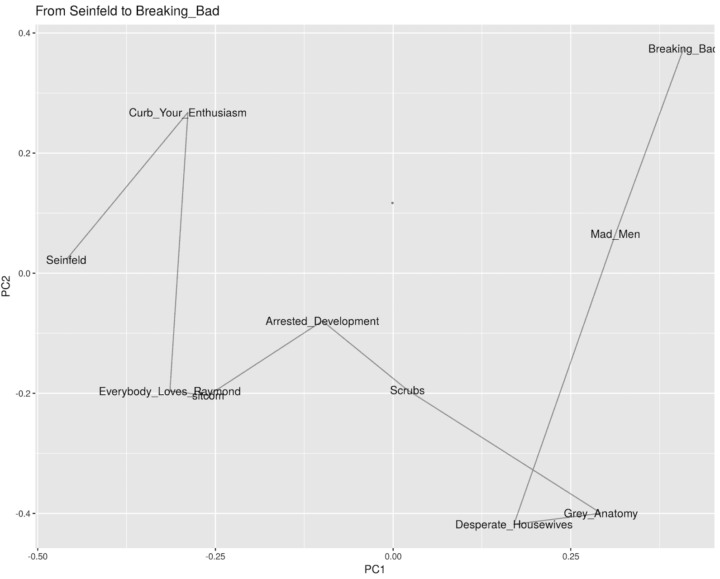
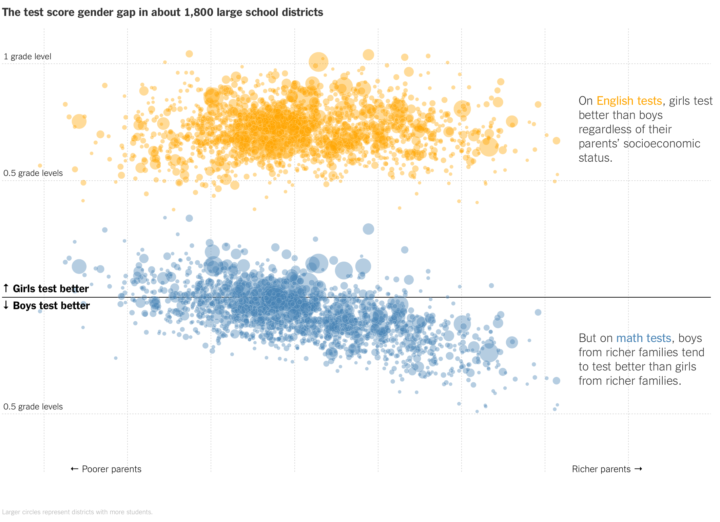
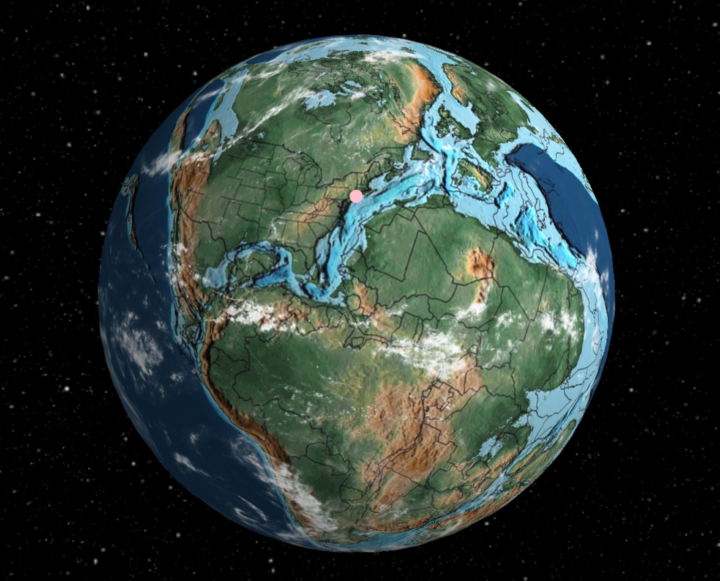
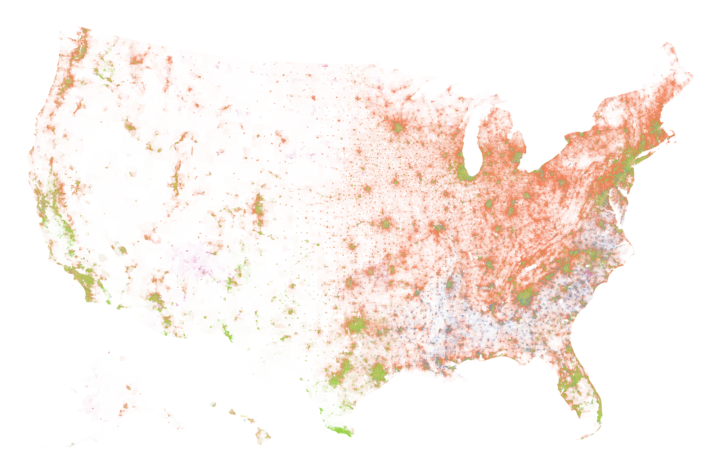

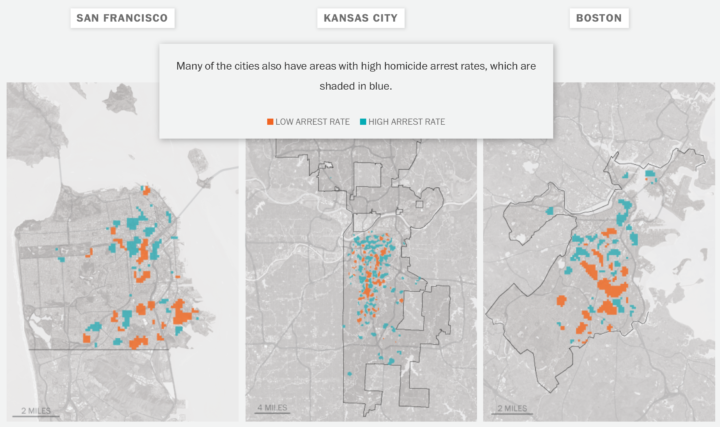
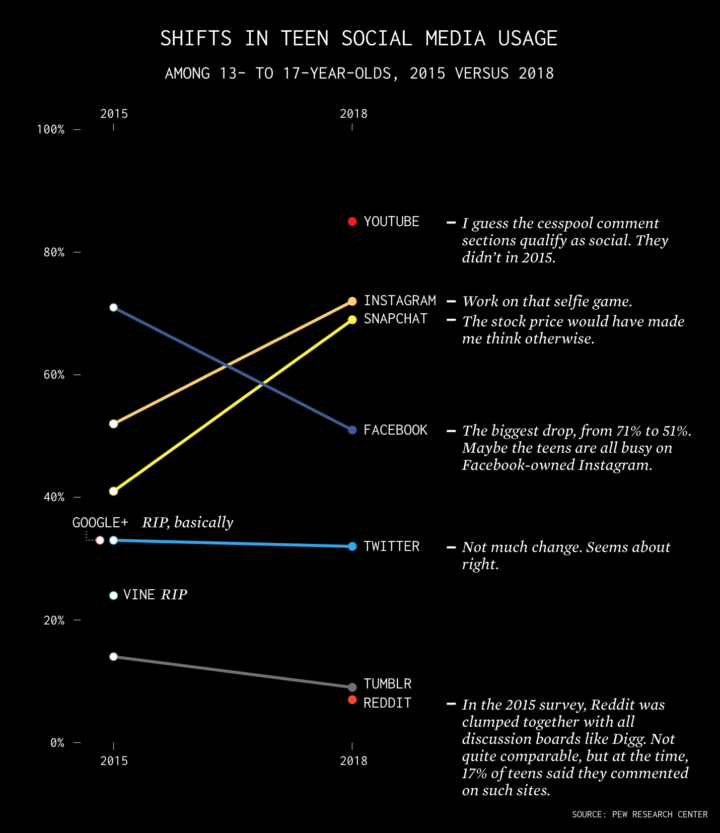

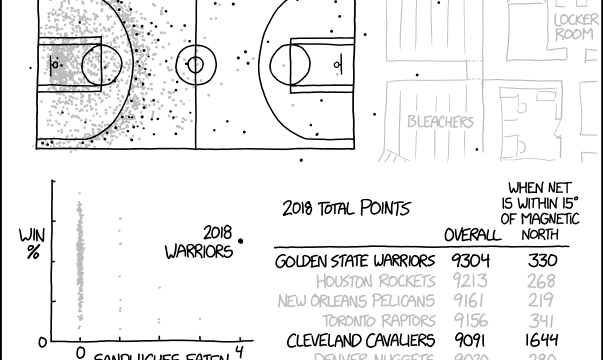
 Visualize This: The FlowingData Guide to Design, Visualization, and Statistics (2nd Edition)
Visualize This: The FlowingData Guide to Design, Visualization, and Statistics (2nd Edition)
